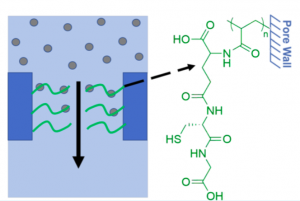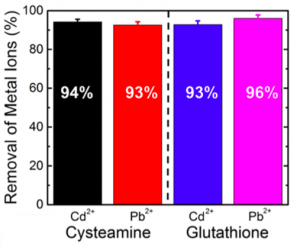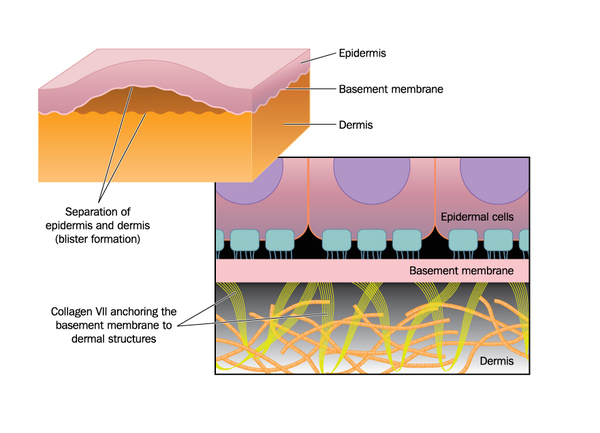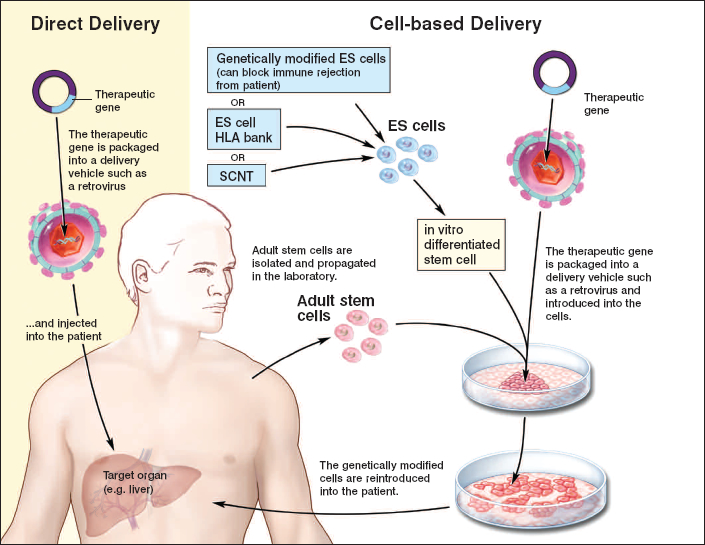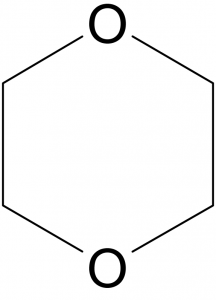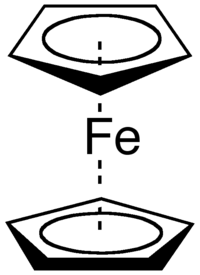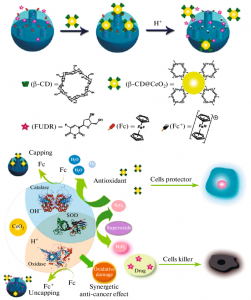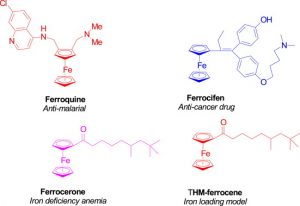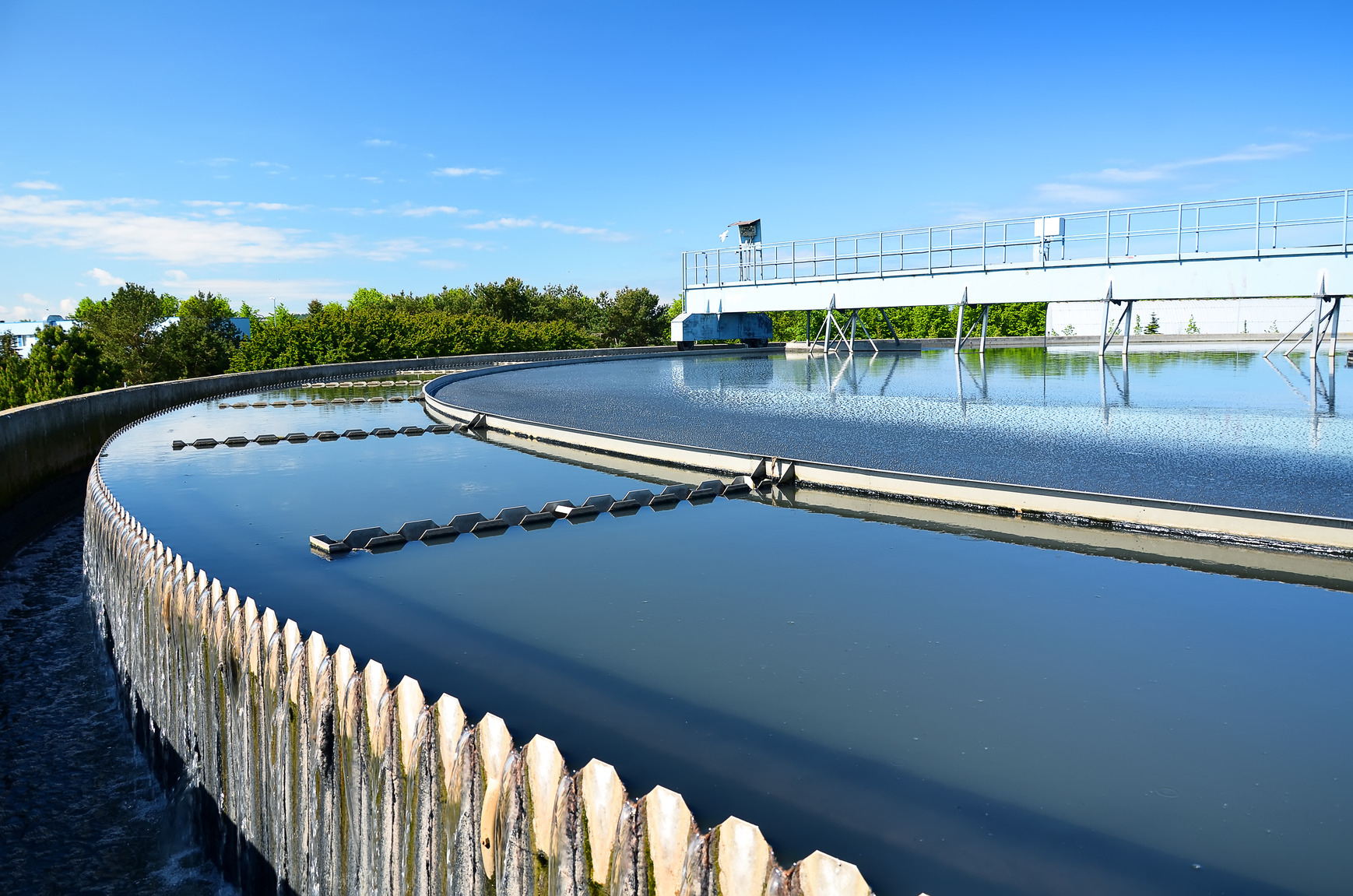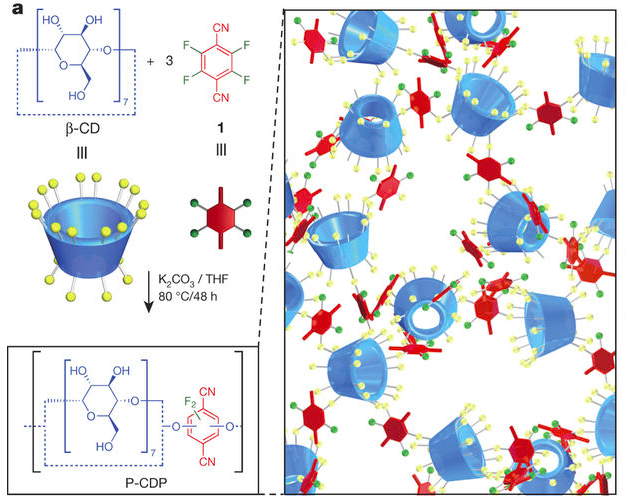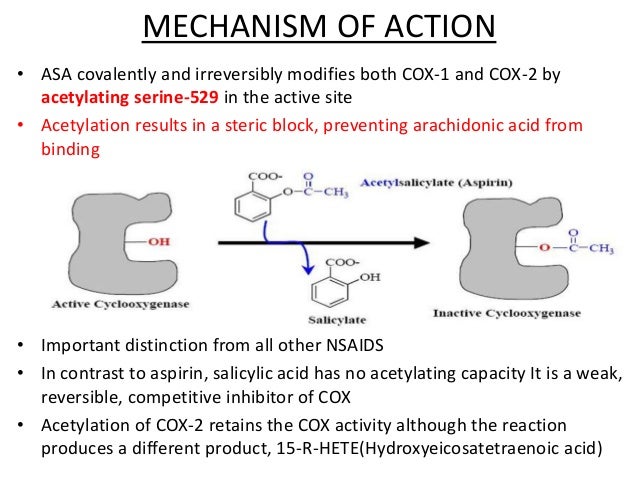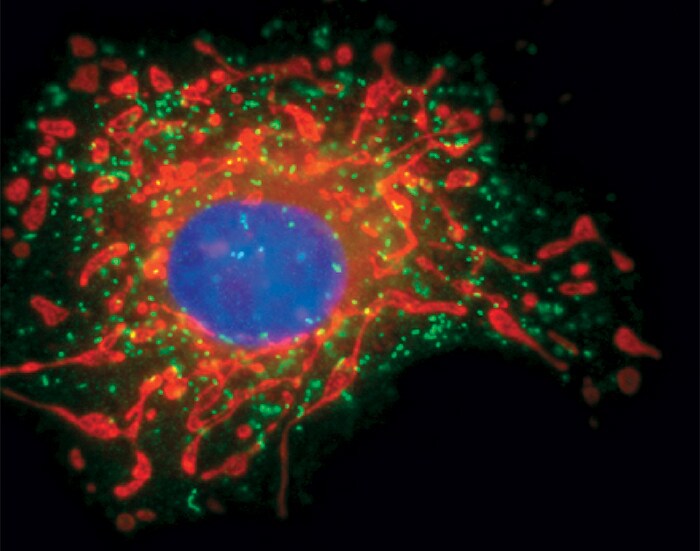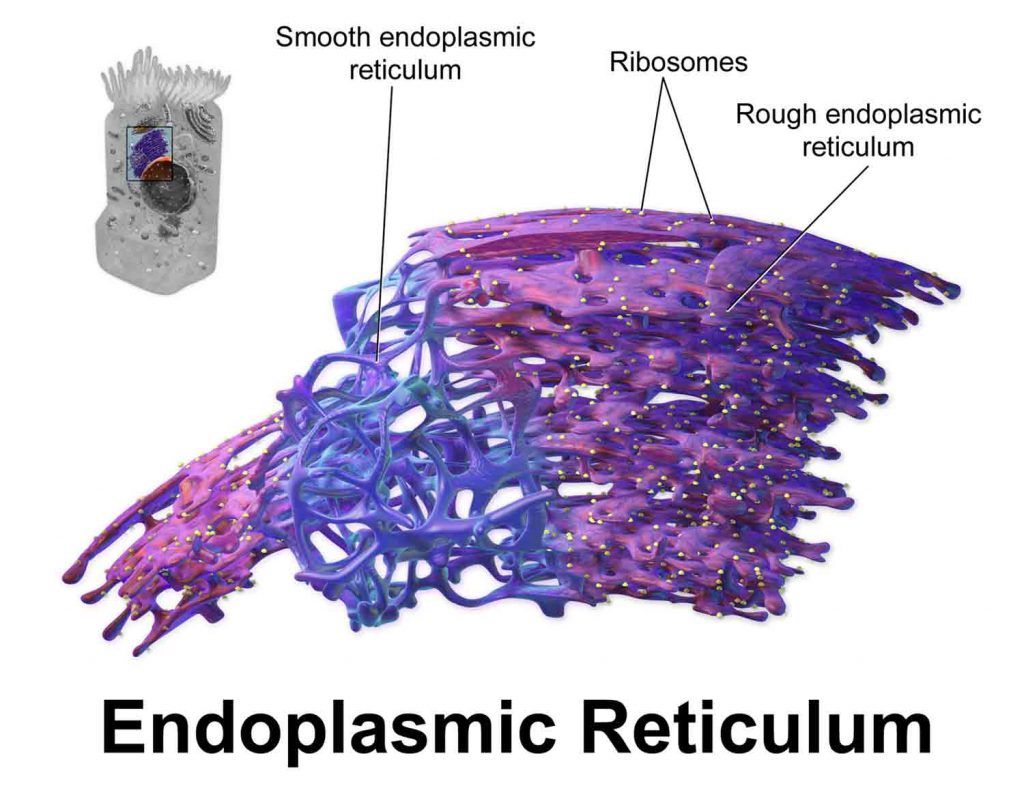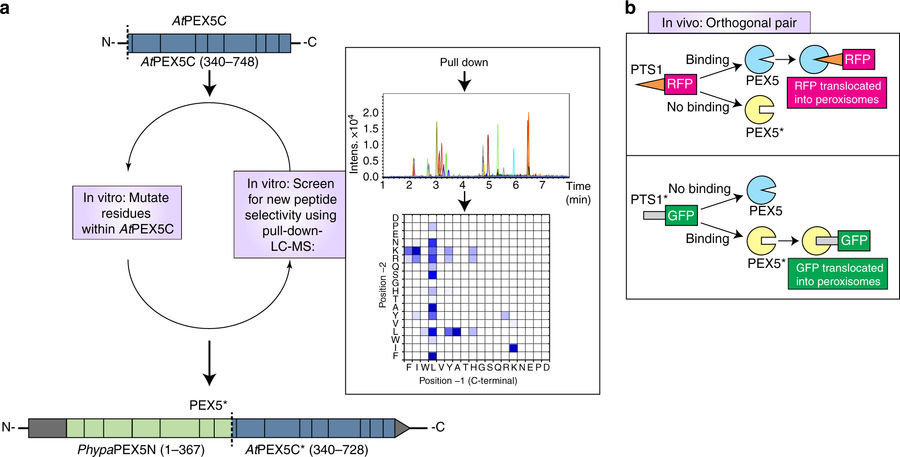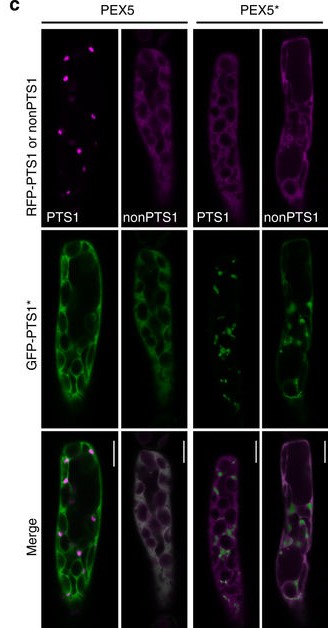
Traditional Chinese medicine shop (Courtesy, H.K. Tang)
A few years ago, when I still lived in China, I developed chronic headaches. To remedy my suffering, my mother put a stop to the painkillers and dragged me to a naturopathic Traditional Chinese Medicine (TCM) clinic instead.
Nestled in a refurbished Chinese courtyard, this clinic boasts authenticity. Instead of Life magazines and complimentary mints in the waiting room, this clinic is adorned with cherry blossoms and traditional antiquities. Scurrying behind pharmacy counters, white-coat clad workers methodically package mysterious medicines: cushioned in tin pans are an array of dried creatures, herbs and roots. Gogiberries and grasshopper, deer-musk and ginseng.
After a doctor made a study of my tongue and told me my problem was due to the imbalance of ‘yin and yang’ in my spleen, I was prodded with a dozen needles and prescribed an esoteric potion of willow-bark to drink up for the next two weeks. I scoffed at the absurdity of this pseudoscience but my mother was swayed by its ancient history.

To my surprise, I immediately felt better. But I wasn’t quite sure why. Was it a placebo effect? Or did the potion actually work? I shifted my perspective by trying to view the matter through the lens of science.
A new viewpoint hit me: the abstruse nature of TCM may have been under-credited as superstition instead of practical folk wisdom. A causal theory created to explain the successes of treatment is not imperative in Chinese culture, and therefore practitioners are tolerant of uncertainty. There is no need for empirical evidence as to ‘why’ the willow-bark concoction worked; it simply does. However, Western doctors will validate willow-bark’s effectiveness through controlled trials by isolating the active ingredient isolating the active ingredient to understand its effects.
The active ingredient later discovered? Aspirin.
Recorded since 1550 BC, ancient Egyptians used Aloe vera to soothe skin irritation, while the famous Greek Physician, Hipprocrates collected nearly 400 different natural agents and described their uses. Natural products play an ancillary role in modern medicine now, but they still form an entire branch of organic chemistry: natural product synthesis.
Chinese doctors have been trying to catch up to Western science and are keen on collecting solid empirical data to sway the rest of the world.
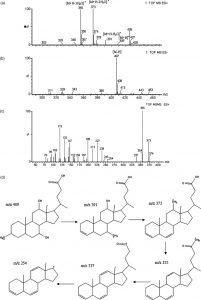
Possible Mechanism in explaining a theory in TCM. Courtesy Zhao.
Recently published in a well-known scientific journal, Zhao et al. (2008) used organic chemistry and spectroscopy to explain theories behind TCM. They isolated significantly changed metabolites like cholic acid, phenylalanine and kynurenic acid to explain the mechanism. Further studies also show the breadth of TCM in treating diseases like cancer, eczema, Bell’s palsy, and more.
This whole ordeal led me to a new way of thinking: just because there is no scientific explanation for certain phenomena now, does not mean there won’t be one indefinitely. We must not be quick to dismiss claims on grounds of cultural unfamiliarity. The open-ended nature of knowledge in general asserts that there is nothing sacrosanct indefinitely and we should be tolerant of all up-and-coming ideas, beliefs and perspectives.
Source:
- Xinjie Zhao, Yi Zhang, Xianli Meng, Peiyuan Yin, Chong Deng, Jing Chen, Zhang Wang, Guowang Xu, Effect of a traditional Chinese medicine preparation Xindi soft capsule on rat model of acute blood stasis: A urinary metabonomics study based on liquid chromatography–mass spectrometry, In Journal of Chromatography B, Volume 873, Issue 2, 2008, Pages 151-158, ISSN 1570-0232, https://doi.org/10.1016/j.jchromb.2008.08.010.
(http://www.sciencedirect.com/science/article/pii/S1570023208006028) - Li X, Yang G, Li X, Zhang Y, Yang J, et al. (2013) Correction: Traditional Chinese Medicine in Cancer Care: A Review of Controlled Clinical Studies Published in Chinese. PLOS ONE 8(6): 10.1371/annotation/b53a0b8b-3eb6-44a2-9c37-bc9bb66bfe7e. https://doi.org/10.1371/annotation/b53a0b8b-3eb6-44a2-9c37-bc9bb66bfe7e



